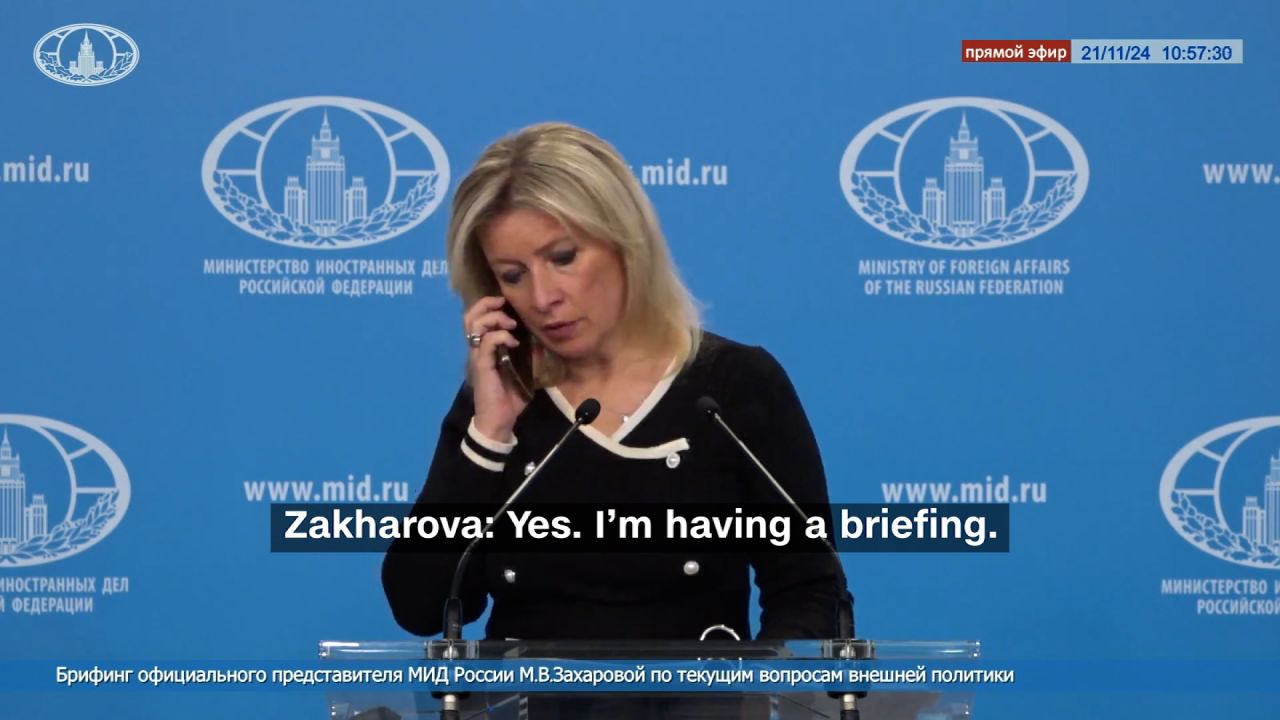What we covered here
• Dnipro strike: Russian President Vladimir Putin said Thursday that Russia struck the Ukrainian city with a new mid-range ballistic missile. Ukraine’s military earlier accused Russia of launching an intercontinental ballistic missile in the attack.
• Response to long-range missiles: Putin said the strike came after Ukraine launched longer-range missiles made in the US, UK and France into Russian territory. He added that Moscow is “entitled” to strike military targets of countries that allow their weapons to be used against Russia.
• Renewed instability: Ukraine’s front lines are “less stable” than at any point since the earliest stages of Russia’s full-scale invasion more than 1,000 days ago, a UK military intelligence agency warned.
• US embassy reopens: The US embassy in Kyiv resumed services after after shutting down Wednesday based on a “possible threat of a significant attack.” Ukraine said Russia staged an “information and psychological attack” by spreading a fake warning of an air attack.





















